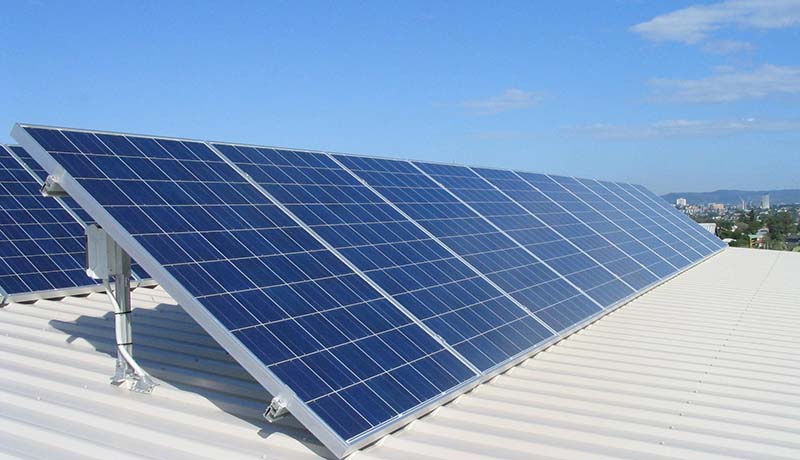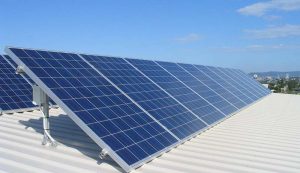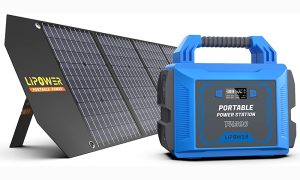
Monocrystalline vs Polycrystalline Solar Panels: Which is Right for You?
Solar panels are an increasingly popular source of renewable energy, as they can help reduce reliance on fossil fuels and lower energy costs. If you’re considering solar panels for your home or business, it’s important to understand the different types available and their respective benefits. In this article, we’ll compare monocrystalline and polycrystalline solar panels to help you make an informed decision.
What are Monocrystalline Solar Panels?
Monocrystalline solar panels are made from a single, continuous crystal structure of silicon. To create these panels, manufacturers start by growing a cylindrical ingot of silicon using the Czochralski process. Once the ingot is complete, it is sliced into thin wafers which are then used to create the solar cells that make up the panel.
Monocrystalline solar panels are known for their high efficiency, as they are able to convert more of the sun’s energy into electricity. They also have a sleek, black appearance and are often used in residential solar panel installations.
What are Polycrystalline Solar Panels?
Polycrystalline solar panels, also known as multi-crystalline solar panels, are made from multiple silicon crystals. These panels are created by melting raw silicon and then cooling it into a block, which is then cut into thin wafers.
Polycrystalline solar panels are not as efficient as monocrystalline panels, but they are generally less expensive to produce. They also tend to have a slightly lower upfront cost and a slightly lower power output.
Efficiency Comparison
One of the key differences between monocrystalline and polycrystalline solar panels is their efficiency. Monocrystalline solar panels are generally more efficient at converting sunlight into electricity than polycrystalline panels. This is because the single crystal structure of monocrystalline panels allows for more efficient flow of electrons.
However, there are several factors that can affect the efficiency of both monocrystalline and polycrystalline solar panels. Temperature is one factor that can impact efficiency. Solar panels tend to be less efficient in hot temperatures, and monocrystalline panels tend to perform better than polycrystalline panels in hot conditions. Shading can also affect the efficiency of solar panels. Both monocrystalline and polycrystalline panels will lose efficiency if they are shaded, but monocrystalline panels may be less affected by shading due to their superior electron flow.
Cost Comparison
Another important consideration when choosing between monocrystalline and polycrystalline solar panels is cost. Monocrystalline solar panels tend to be more expensive than polycrystalline panels due to the more complex and expensive manufacturing process. However, it’s important to note that the upfront cost of solar panels is only one part of the equation. The long-term energy savings from using solar panels can offset the higher upfront cost of monocrystalline panels.
Durability and Lifespan Comparison
In terms of durability and lifespan, both monocrystalline and polycrystalline solar panels are reliable options. Both types of panels are built to withstand harsh outdoor conditions and are backed by lengthy warranties. That being said, monocrystalline solar panels may have a slightly longer lifespan due to their more efficient electron flow and higher efficiency.
Aesthetics
The appearance of solar panels is an important consideration for many homeowners, as they will be visible on your roof or property. Monocrystalline panels have a sleek, black appearance that is often considered more attractive than the slightly blue-tinted polycrystalline panels.
Other Factors to Consider
There are a few other factors to consider when choosing between monocrystalline and polycrystalline solar panels. Aesthetics can be a concern for some homeowners, as monocrystalline panels tend to have a more uniform, black appearance, while polycrystalline panels have a more blue-ish hue. Availability may also be a factor, as monocrystalline panels are more widely available due to their popularity.
It’s also worth considering the environmental impact of production when choosing between monocrystalline and polycrystalline solar panels. The production process for monocrystalline panels requires more energy and generates more waste compared to the production process for polycrystalline panels. However, the higher efficiency of monocrystalline panels may result in fewer panels being needed to generate the same amount of electricity, potentially offsetting the environmental impact of production.
Conclusion
In summary, both monocrystalline and polycrystalline solar panels have their own set of benefits and drawbacks. Monocrystalline panels tend to be more efficient and have a more attractive appearance, but they may have a higher upfront cost. Polycrystalline panels are less efficient, but they are generally less expensive and have a slightly lower power output.
When choosing between the two types of panels, it’s important to consider your specific energy needs and budget, as well as any local incentives or regulations that may be in place. It may also be helpful to speak with a solar panel professional or get multiple quotes to determine the best option for your situation.
In the future, we can expect to see continued advancements in solar panel technology, including the development of new materials and manufacturing processes that may further increase efficiency and reduce costs. For now, monocrystalline and polycrystalline panels remain a reliable and cost-effective choice for those looking to switch to solar energy.
If you’re still unsure which type of solar panel is right for you, it may be helpful to consult with a solar panel professional or do further research on the pros and cons of each option. Ultimately, the decision will depend on your individual needs and goals for switching to solar energy.

